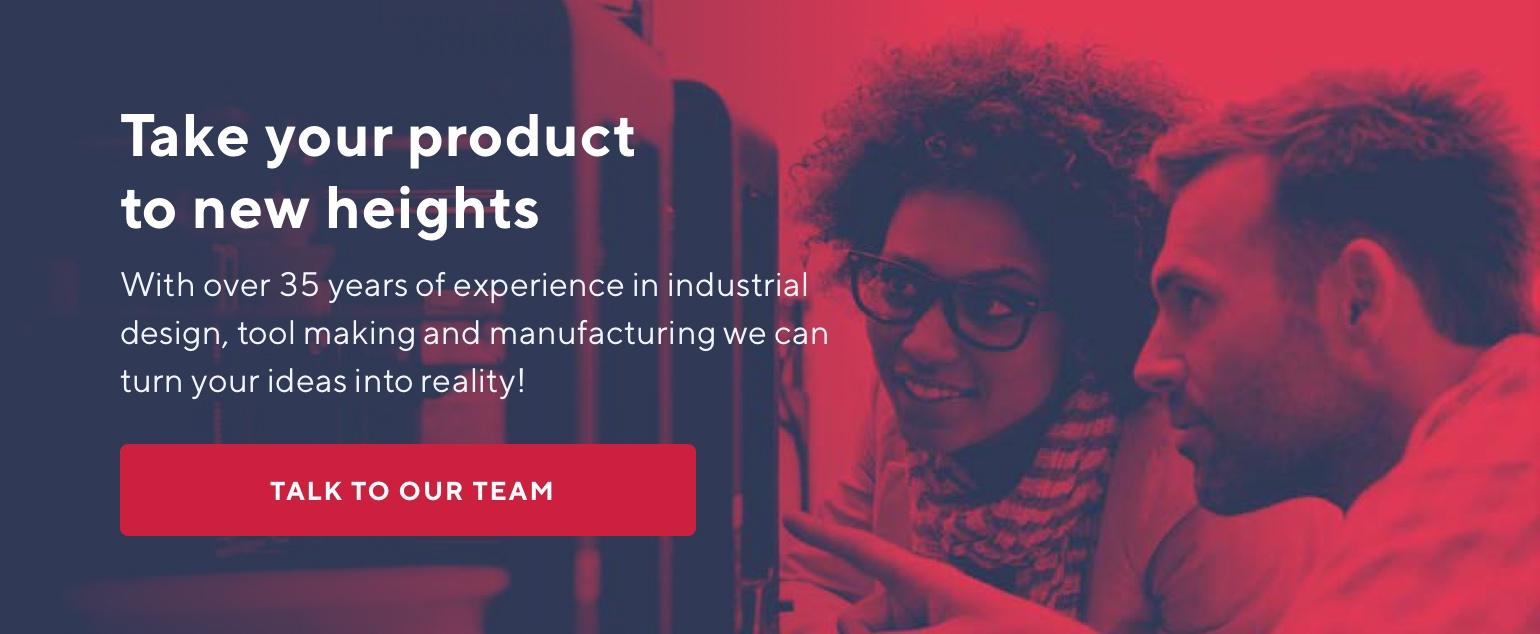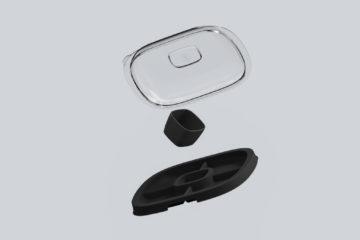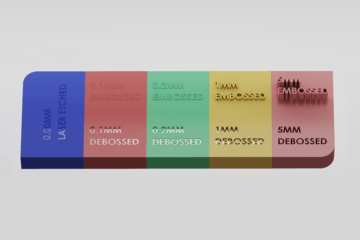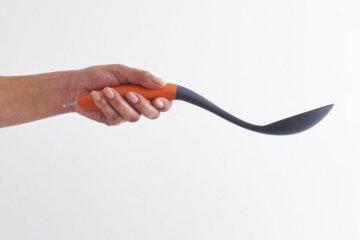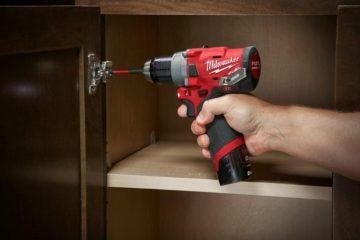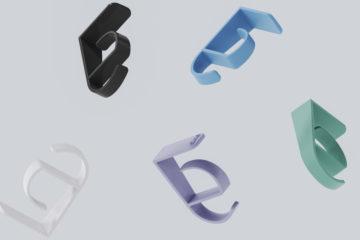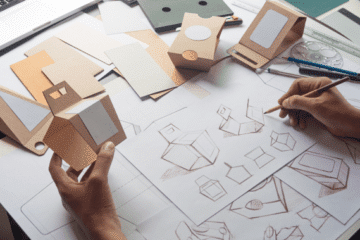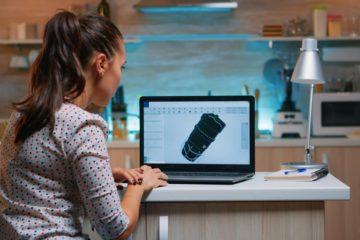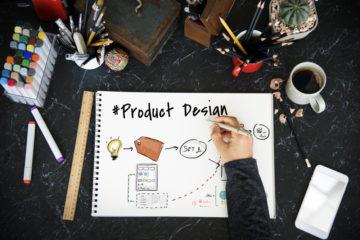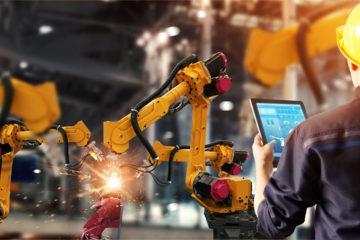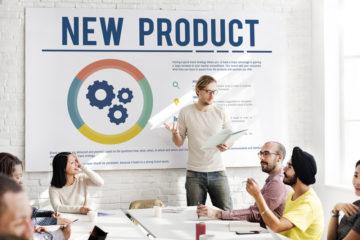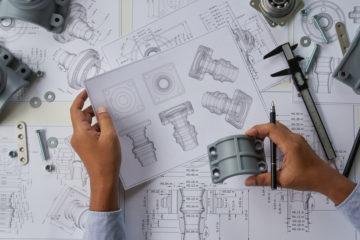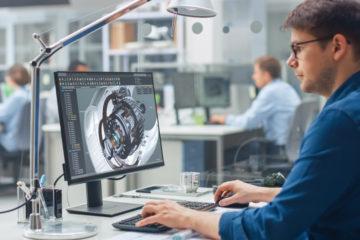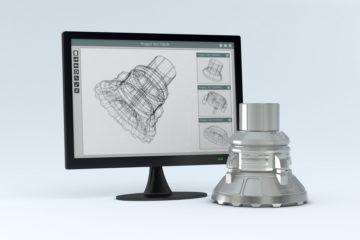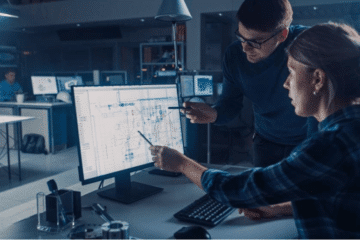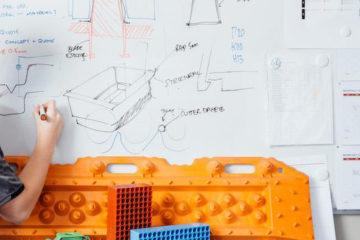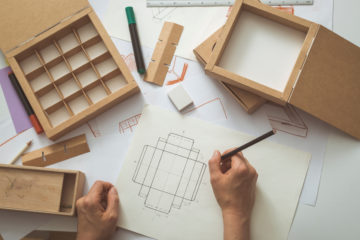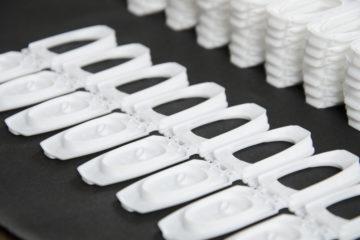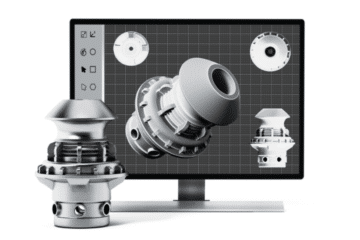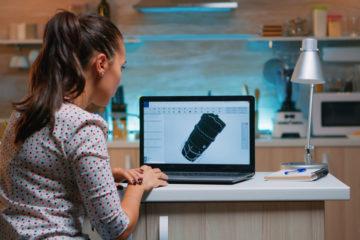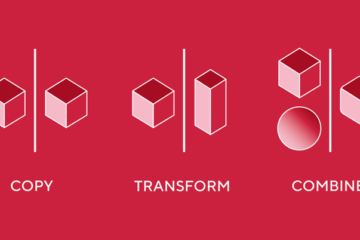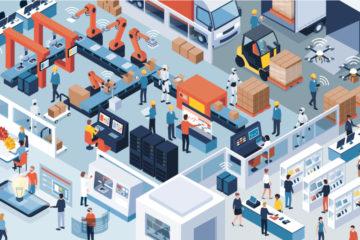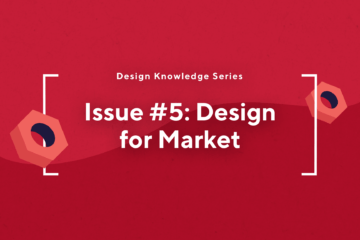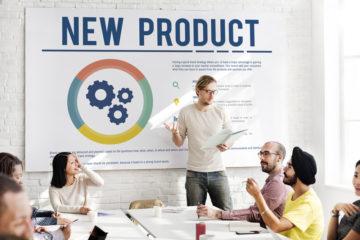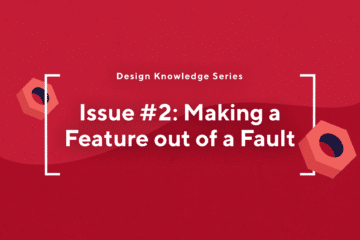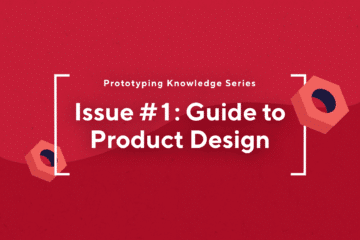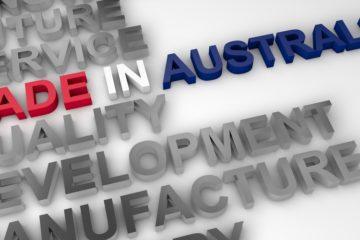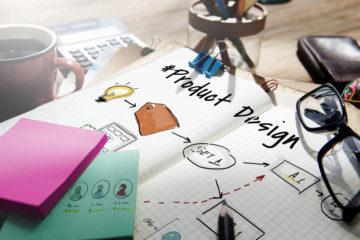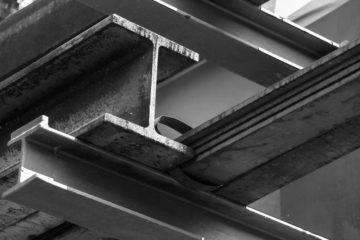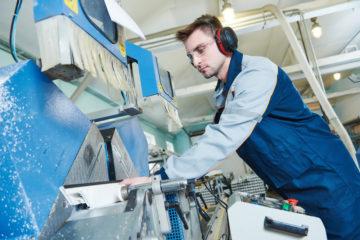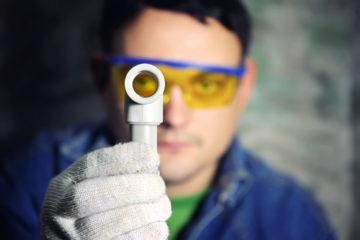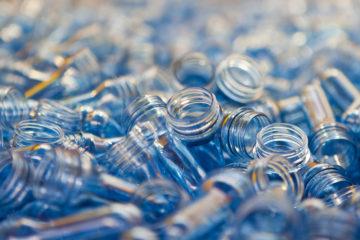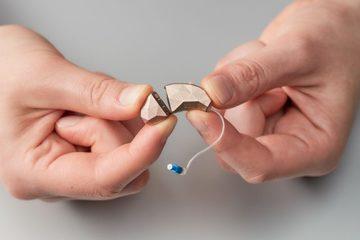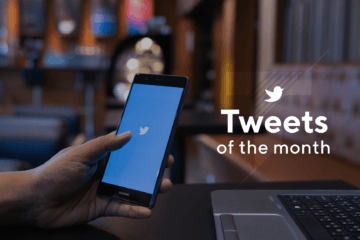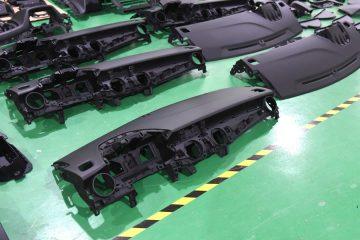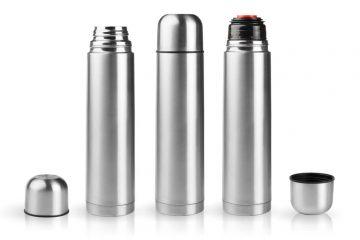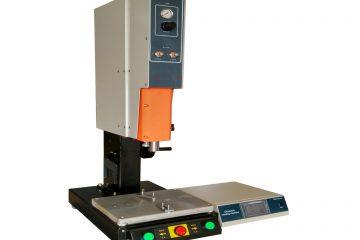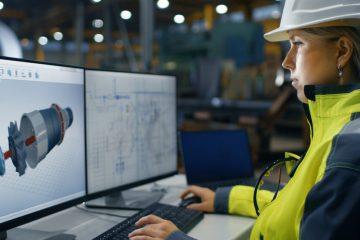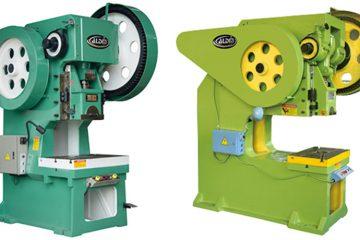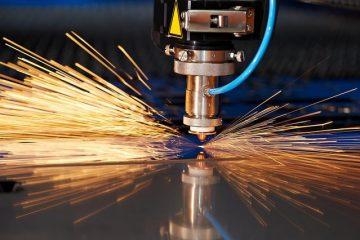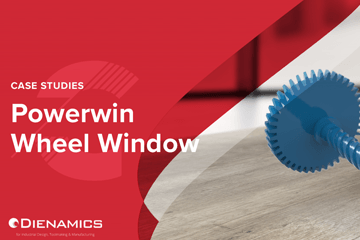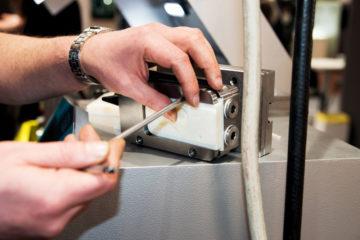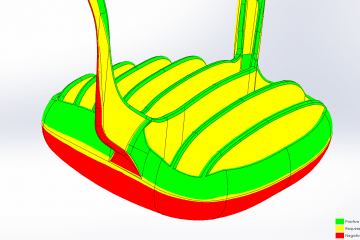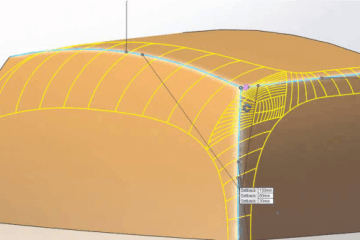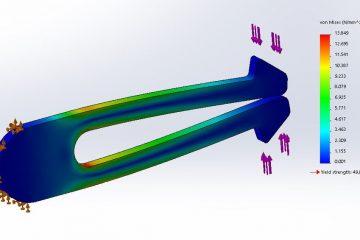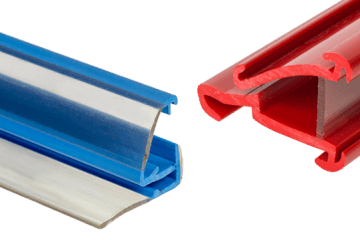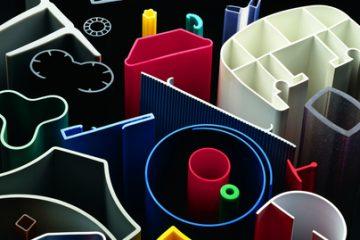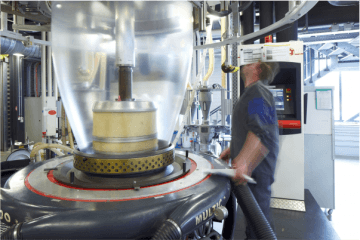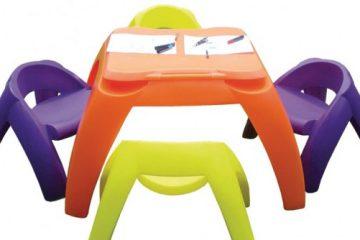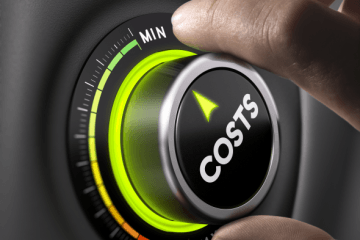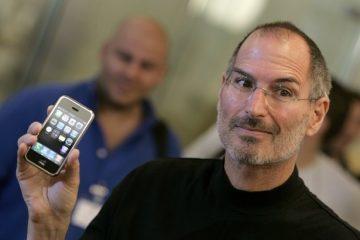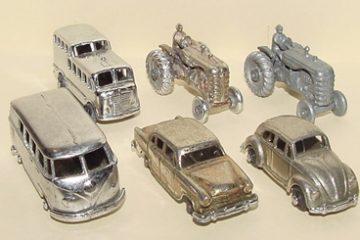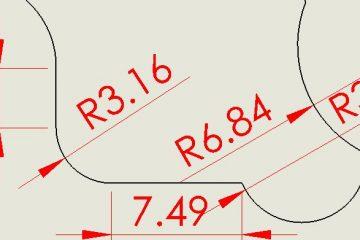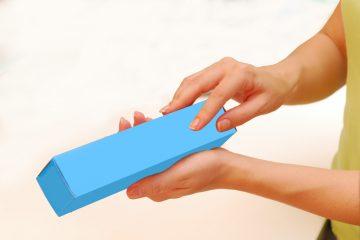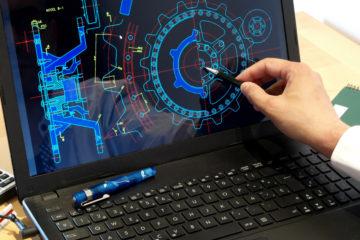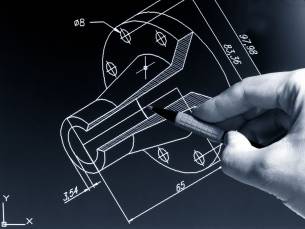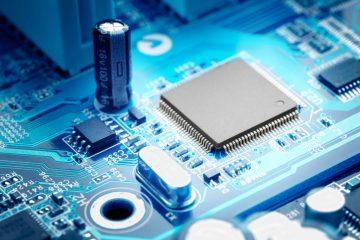
Product design is a journey that transforms ideas into tangible, functional, and aesthetically pleasing products that improve our lives.
Whether it’s a sleek smartphone, a comfortable piece of furniture, or an innovative kitchen appliance, the process of bringing a concept to reality involves a series of well-defined steps.
In this blog, we’ll take you through the journey of product design, from the initial concept to the moment it becomes a reality in your hands.
Conceptualisation and Research
The journey begins with an idea. This idea could emerge from a need, a problem, or simply a creative spark. During the conceptualisation phase, designers conduct in-depth research to understand the market, user preferences, and technological trends. They also analyse competitors’ products to identify gaps and opportunities. This research helps refine the initial concept and set the foundation for the design process.
Sketching and Brainstorming
With a clear concept in mind, designers move on to sketching and brainstorming. This phase involves creating rough sketches, mind maps, and mood boards to visualise the product’s form, function, and aesthetics. Collaborative brainstorming sessions bring together diverse perspectives, helping designers explore various design possibilities. The aim here is pure creativity to discover novel solutions and innovative ways to elevate the product in different ways, and define major features and aesthetic direction.
Concept Development
From the sketches and brainstorming sessions, a few promising design concepts emerge. This is where the dreamy concept becomes grounded in reality. Here, the aim is to refine the finer details of the design. These may be manufacturing details, like how the is product made and assembled, sustainability details, like how the product is disassembled and materials separated, or function details, like how do moving parts function and how are they located. Depending on the needs of the project, concepts may be refined through higher-quality physical or digital drawings, or in CAD.
Prototyping
Prototyping is a critical step in the product design process. It involves creating physical models or prototypes to test the product’s functionality and appearance. Prototypes allow designers to identify design flaws, make necessary adjustments, and gather valuable feedback from users and stakeholders. Rapid prototyping technologies, such as 3D printing, have accelerated this phase, enabling designers to quickly iterate and refine their designs.
Testing and User Feedback
User-centred design is a fundamental principle of product design. During the testing phase, designers gather user feedback through focus groups, surveys, and usability testing. This feedback helps identify any usability issues, ensuring that the final product meets the needs and expectations of its intended users.
Design Refinement
Based on the feedback and test results, designers refine their design, making necessary improvements and adjustments. This iterative process may involve multiple rounds of concept, development, prototyping, testing, and refinement until the design reaches its optimal form. Here, generally the more iterations, prototyping and the more exploration the better, in the pursuit of the perfect product – although both time and money are never infinite so there always comes a time to be decisive and move on. There will always be the opportunity for a Model 2 in the future after learning from customer feedback!
Engineering and Manufacturing
At this point many design firms then hand the design over to engineers to work on the more technical aspects of the product such as selecting materials and addressing technical challenges, though technical design firms like us at Dienamics (who directly manufacture products themselves) imbue their intimate manufacturing knowledge into each of our designs right from the start. This results in a highly-informed and suitable design that reduces the chance for nasty surprises down the line. If electronics, hydraulics, pneumatics or other specialised processes are involved in the design, this is where the designer will collaborate with specialised engineers to incorporate these aspects into the design.
Production and Quality Control
With the engineering plans in hand, the product moves into production. Skilled artisans and machines work together to transform raw materials into finished products. Quality control measures are implemented at every stage to ensure that each product meets the defined standards and specifications.
Packaging and Branding
Packaging and branding play a crucial role in the product’s overall appeal. Designers work on creating packaging that not only protects the product but also conveys its value and identity. Effective branding and packaging can enhance the product’s market presence and desirability as it is a major part of the customer’s first impression of a product. Here the following questions are answered:
- How does the product look on the shelf in its packaging?
- Does the product and company brand work well together?
- How is the unboxing and initial setup experience of the product?
Launch and Marketing
Finally, the product is ready to be introduced to the market. A well-planned launch strategy, marketing campaigns, and distribution channels are essential for a successful product launch. This phase involves collaboration between designers, marketers, and sales teams to ensure a seamless introduction of the product to consumers.
The journey from concept to reality in product design is a multidisciplinary and collaborative effort that combines creativity, engineering, user-centred design, and meticulous planning. It’s a process that demands careful attention to detail, adaptability to change, and a commitment to delivering a product that meets or exceeds user expectations. When executed successfully, it results in products that enrich our lives and contribute to the ever-evolving world of design and innovation.
Subscribe to Our Newsletter
Get the latest news from Dienamics into your inbox





